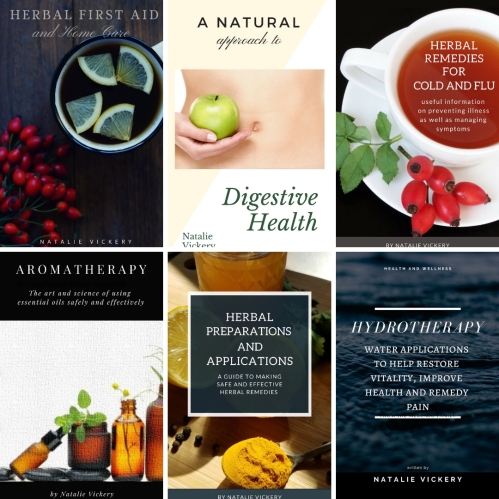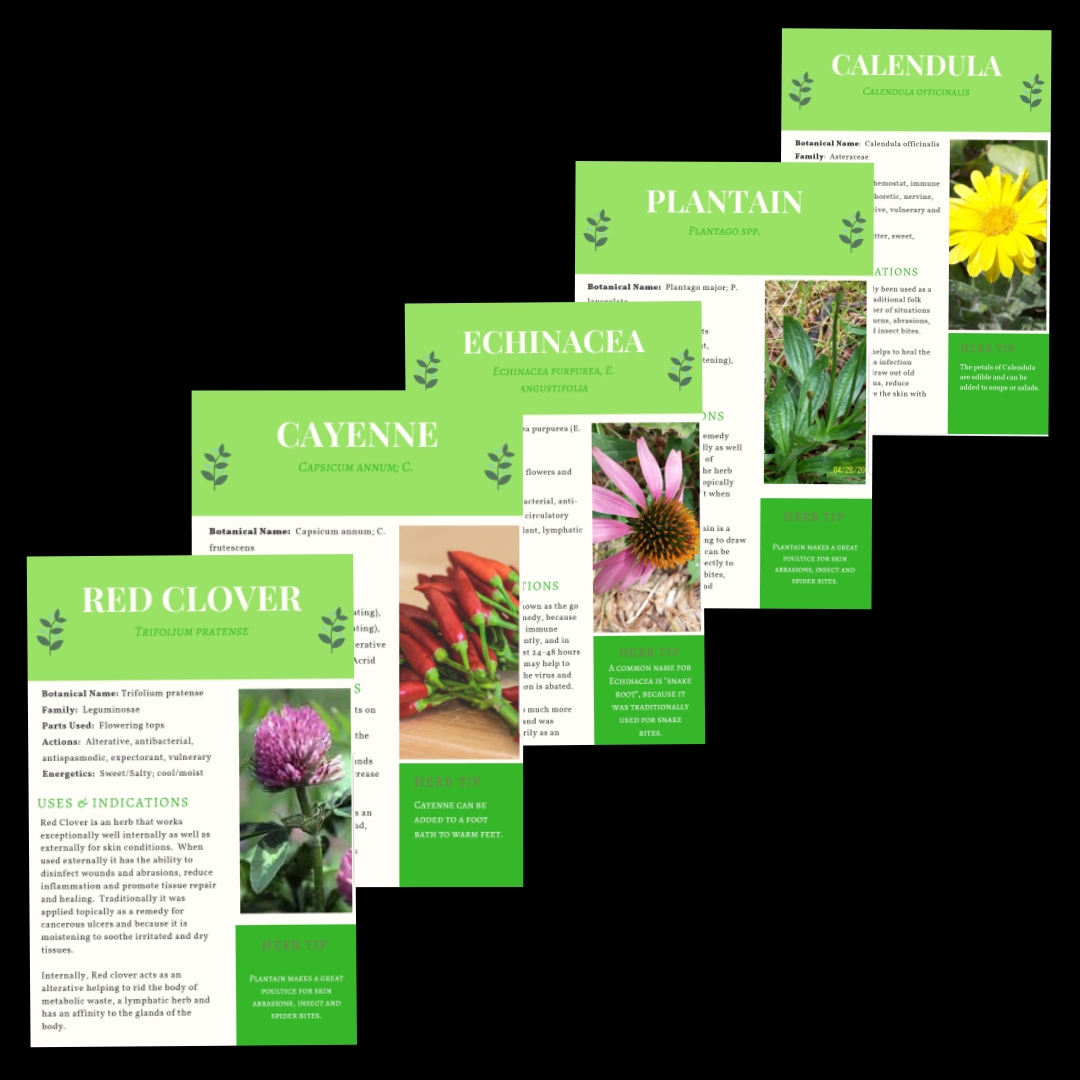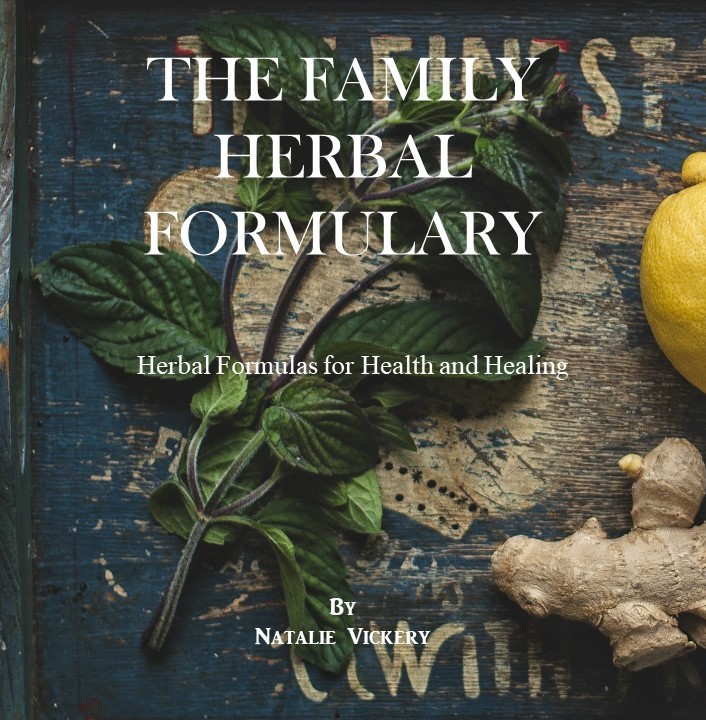If your like me it doesn’t matter how hard you try to make the holiday season relaxing and stress free sometimes “stuff” happens. However, there are a number of ways to help prevent, manage and combat the effects of stress.
What is Stress?
Any demand placed on the body, whether it is physical or emotional initiates a physiological response. The adrenal glands handle the physiological responses to stress by preparing the body for, “fight or flight”. The hormones that are released will then trigger responses in the body such as increased heart rate, increased blood pressure, constriction of blood vessels, and release of glucose into the blood stream for energy.
Consider the burden placed on the body when we are exposed to constant stress. These physiological reactions occur over and over again putting a huge strain on vital organs and the body as a whole.
Physical symptoms associated with stress:
Headaches.
Digestive problems.
Muscle tension and pain.
Sleep disturbances.
Fatigue.
Chest pain, irregular heartbeat.
High blood pressure.
Weight gain or loss.
Asthma or shortness of breath.
Skin problems.
Decreased sex drive
Emotional symptoms associated with stress:
Moody and hypersensitive.
Restlessness and anxiety.
Depression.
Anger and resentment.
Easily irritated and “on edge”.
Sense of being overwhelmed.
Lack of confidence.
Apathy.
Urge to laugh or cry at inappropriate times.
Other symptoms associated with stress:
Memory problems.
Difficulty making decisions.
Inability to concentrate.
Confusion.
Seeing only the negative.
Repetitive or racing thoughts.
Poor judgment.
Loss of objectivity.
Desire to escape or run away.
Eating more or less.
Sleeping too much or too little.
Isolating yourself from others.
Neglecting your responsibilities.
Increasing alcohol and drug use.
Nervous habits (e.g. nail biting, pacing).
Teeth grinding or jaw clenching.
Overdoing activities such as exercising or shopping.
Losing your temper.
Overreacting to unexpected problems.
Tips for dealing with stress:
Well balanced diet
Avoid tobacco
Limit alcohol use
Regular exercise
Practice stress management techniques
Quality sleep
Commit to leisure time
Nourish the Body:
When under stress the body is depleted of certain nutrients. In particular the water soluble vitamins B and C are the first to be depleted. The B vitamins are essential for nourishing the nervous system. When deficient we are more prone to the effects of stress. Vitamin C is essential to immune health. When under stress and depleted of this essential nutrient we set the stage for immune deficiency which makes us more vulnerable to a host of conditions.
By eating an abundance of nutrient rich foods we help protect our bodies from the detriments of stress. Leafy green vegetables and grass-fed meats provide our bodies with essential nutrients. Foods which are processed/refined and loaded with sugar and refined oils deplete our bodies of essential nutrients.
Foods such as grains, dairy, some fruits and nuts may initiate an immune response which puts a strain on not only the digestive and nervous system, but the system as a whole. By eliminating foods which are not tolerated it can be beneficial in re-establishing a healthy internal environment and thus reduce the additional stress placed on the system.
Because we don’t always eat the way we know we should there are times when we may need to supplement the diet. However, keep in mind that nutritional supplements do not take the place of a healthy diet and are exactly what they say, “supplements”.
Vitamins and Minerals – all are important, especially B-complex, vitamins A, C, D & E
Phytonutrients – coenzyme Q10, DHEA
Amino Acids – all, especially essential amino acids
Essential Fatty Acids – DHA and omega-3
Antioxidants – vitamin E, coenzyme Q10, selenium
Herbs:
Skullcap (Scutellaria spp.) is an herb that calms the nerves and helps promote sound sleep.
Milky Oat Seed (Avena sativa) is an herb that will nourish and tonify your nervous system.
Valerian (Valeriana officinalis, Valerianaceae) is used for sleeping disorders, restlessness and anxiety.
Eleuthero (Eleutherococcus senticosus) also called Siberian ginseng is an adaptogenic herb and is often used medicinally to combat fatigue and stress.
Kava Kava (Piper methystiam) Recent clinical studies have shown that the herb kava is a safe non-addictive anti-anxiety medicine, and is as effective as prescription anxiety agents containing benzodiazepines such as valium.
Chamomile (Matricaria recutita) is used for insomnia and anxiety and helps to relax and tone the nervous system.
Passion Flower (Passifora incarnate) has a sedating effect on the central nervous system and helps to promote restful sleep.
Wild Lettuce (Lactuca virosa) helps to calm an overactive nervous system, is an antispasmodic, and helps with insomnia and restlessness.
Lavender (Lavandula officinalis) is a tonic for the nervous system and helps to promote restful sleep.
Wood Betony (Stacyhs officinalis) indicated for stress and tension associated with overthinking.
Peach Leaf (Prunus persica ) Nervous stomach and overstimulation.
Ashwagandha (Withania somnifera) an adaptogenic herb which may help to increase stress tolerance and decrease nervous irritability and exhaustion.
Bitter Herbs (Dandelion greens, gentian, chamomile) indicated for irritability, Stimulate digestion, decrease sluggishness, and have a “grounding effect”
Additional Tips:
Breathing Exercises –
Exhale deeply, contracting the belly.
Inhale slowly as you expand the abdomen.
Continue inhaling as you expand the chest.
Continue inhaling as you raise the shoulders up towards your ears.
Hold for a few comfortable seconds
Exhale in reverse pattern, slowly. Release shoulders, relax chest, and contract the belly.
Repeat.
Progressive Muscular Relaxation–
Progressive Muscular Relaxation is useful for relaxing your body when your muscles are tense. First, tense up a group of muscles so that they are as tightly contracted as possible. Hold them in a state of extreme tension for a few seconds. Then, relax the muscles normally. Then, consciously relax the muscles even further so that you are as relaxed as possible.
Yoga Asanas –
Asana is defined as “posture;” its literal meaning is “seat.” Yoga asanas are a technique for retraining the muscles to be able to relax. Many asanas or poses are aimed at improving the blood circulation and functioning of specific organs in your body.
Guided Imagery
In this technique, the goal is to visualize yourself in a peaceful setting.
Lie on your back with your eyes closed.
Imagine yourself in a favorite, peaceful place. The place may be on a sunny beach with the ocean breezes caressing you, swinging in a hammock in the mountains or in your own backyard. Any place that you find peaceful and relaxing is OK.
Imagine you are there. See and feel your surroundings, hear the peaceful sounds, smell the flowers or the barbecue feel the warmth of the sun and any other sensations that you find. Relax and enjoy it.
You can return to this place any night you need to. As you use this place more and more you will find it easier to fall asleep as this imagery becomes a sleep conditioner.
Hydrotherapy –
Soaking in a neutral bath (96 – 98 deg F) for 30 – 60 minutes may help to decrease nervousness, depression and agitation.
Massage Therapy –
Studies suggest that, “even a simple 5-min hand or foot massage, can be useful in lowering a patient’s perceived level of stress”, and that massage can help to lower blood pressure and physical strain.
Disclaimer: The information presented in this is for informational, reference and educational purposes only and should not be interpreted as a substitute for diagnosis and treatment by a health care professional. Although, the information presented herein is based on material provided by researchers and sources deemed reliable, we do not presume to give medical advice.
Anyone wishing to use this information should share it with his or her health care provider before embarking on any therapeutic program. It is your responsibility to discuss any alternative or natural remedy with your health care provider before using it as it may harm rather than benefit. Many medical doctors are not acquainted with alternative remedies and natural healing methods. Share this information with them so they may learn, too, or find a practitioner who is familiar with them.
Read Full Post »





